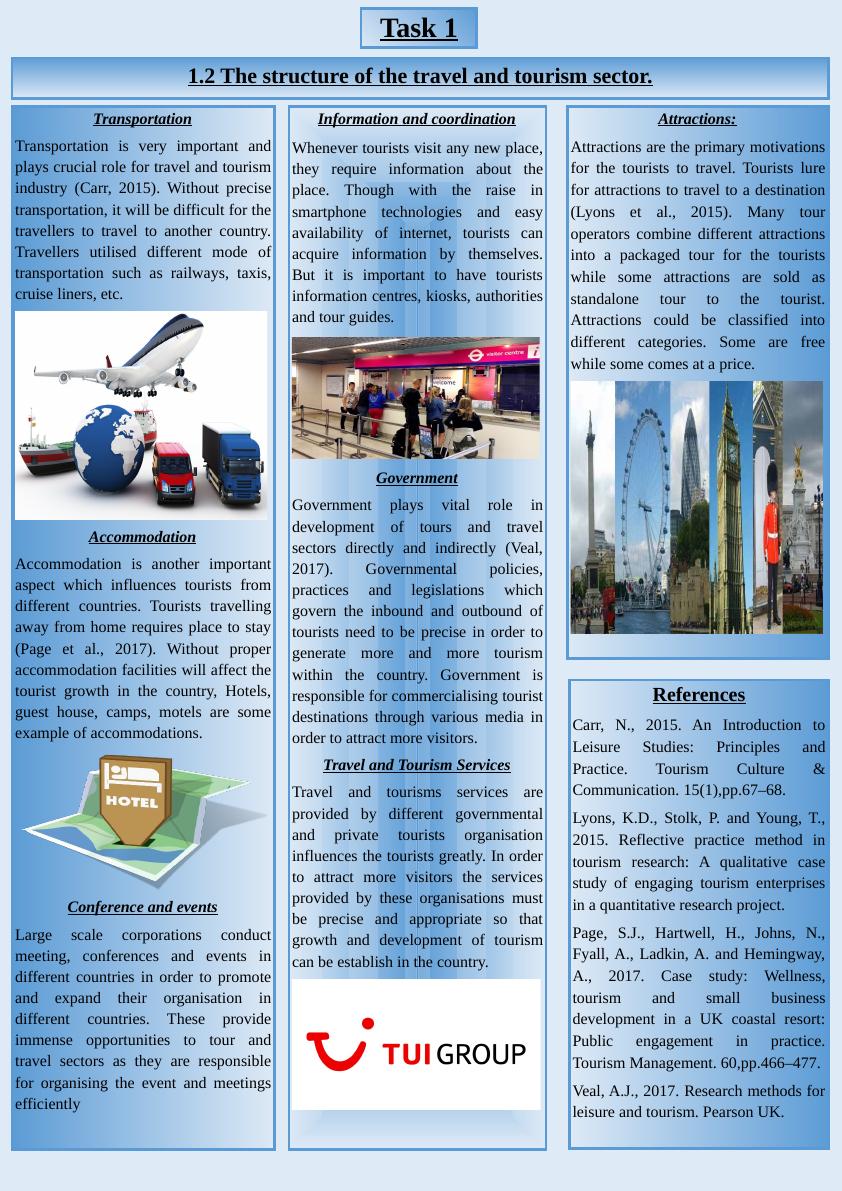The Structure of the Travel and Tourism Sector
Added on 2023-03-20
1 Pages552 Words20 Views
End of preview
Want to access all the pages? Upload your documents or become a member.
Structure of Travel and Tourism Sector in UK
|1
|517
|59
Hospitality in Travel and Tourism | Assignment
|15
|4187
|30
Hospitality Provisions in travel & tourism sector : Assignment
|15
|4187
|25
Historical Trends and Developments in the Tourism Industry
|8
|3545
|426
(PDF) Travel and Tourism Industry
|8
|1808
|440
The Travel and Tourism Sector : Sample Assignment
|11
|3744
|237

